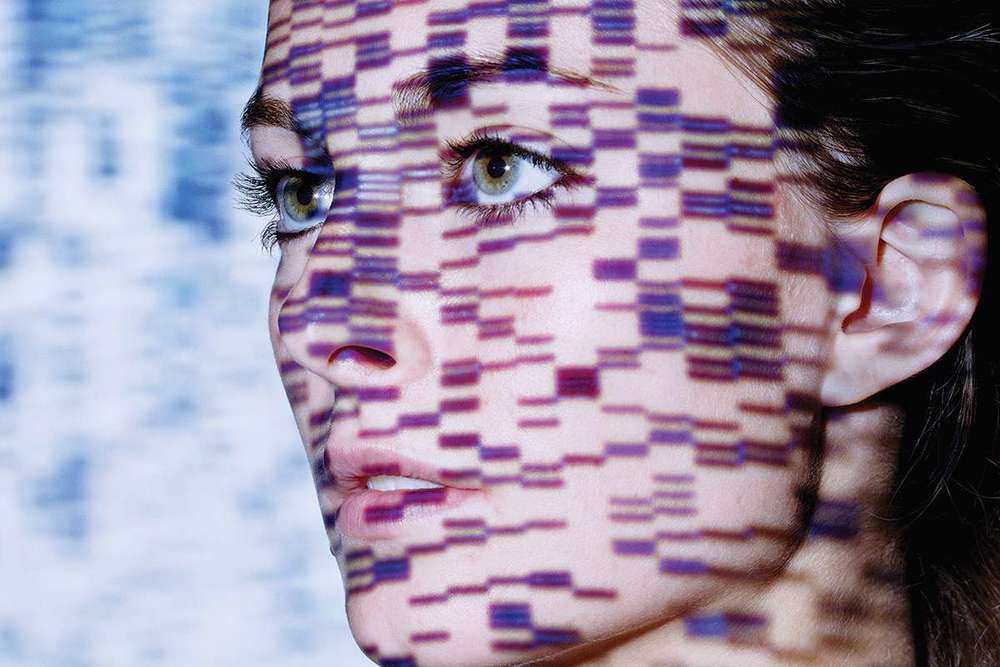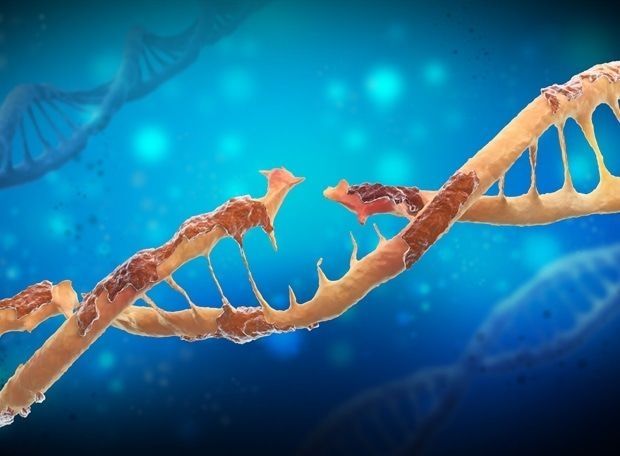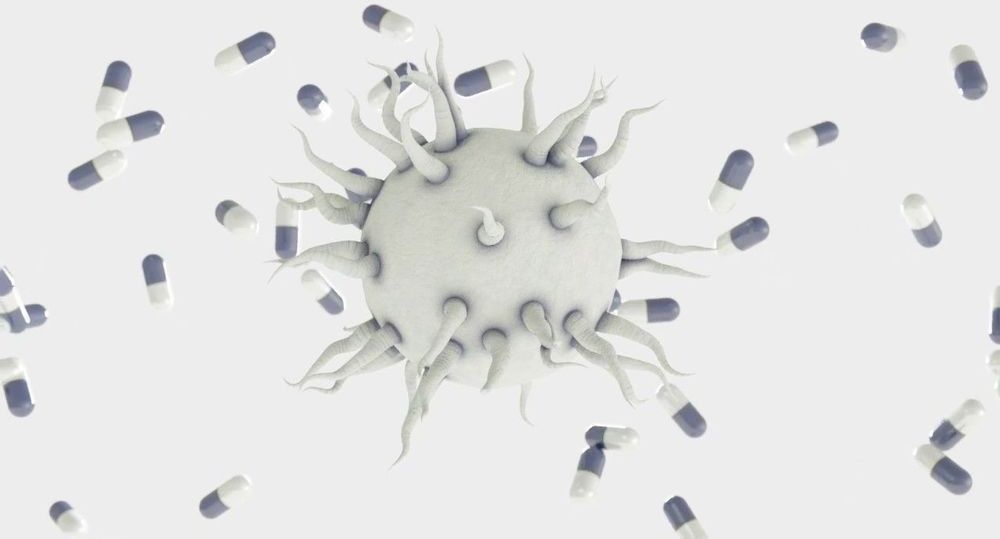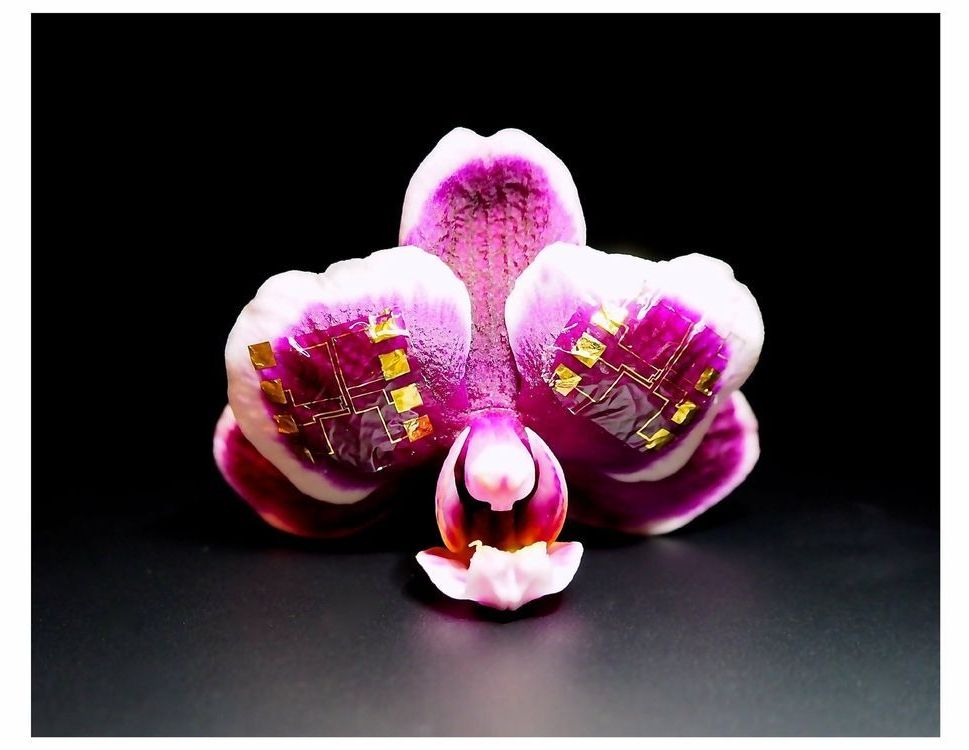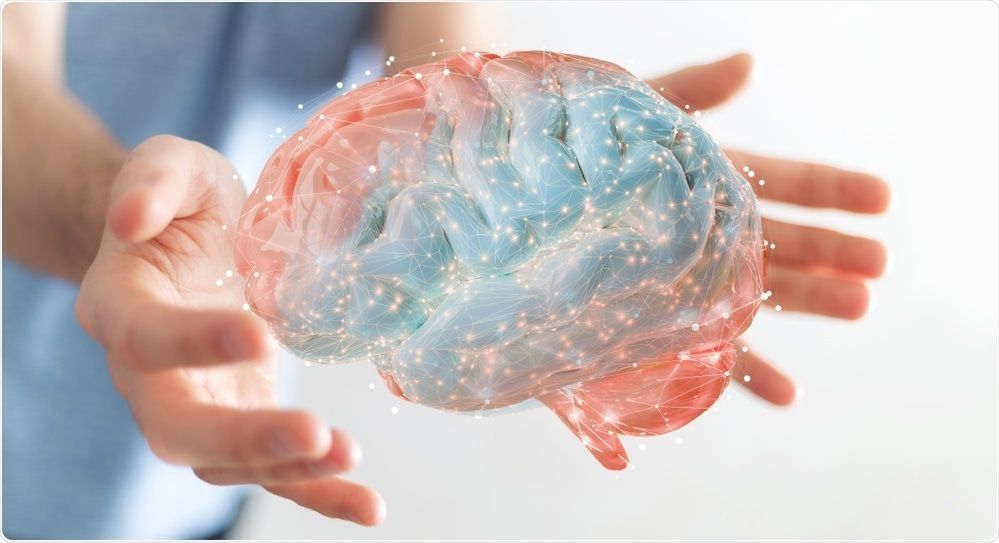Feb 28, 2019
New Wearable Respiratory Sensor Will Monitor a Child’s Every Breath
Posted by Jeffrey L. Lee in categories: biotech/medical, engineering, wearables
Michelle Khine is a professor of biomedical engineering at the University of California, Irvine. Nine months ago, her newborn son was hospitalized for complications during childbirth and was admitted to the neonatal intensive care unit (NICU). While in the NICU, her son was connected to several machines that were supplying oxygen and monitoring his breathing.
A biomedical engineering research team from the University of California has developed a new wearable respiratory sensor to monitor children with chronic pulmonary conditions. The design was built with inspiration from a favorite childhood toy, Shrinky Dinks.

